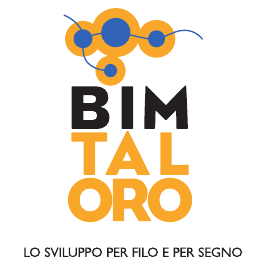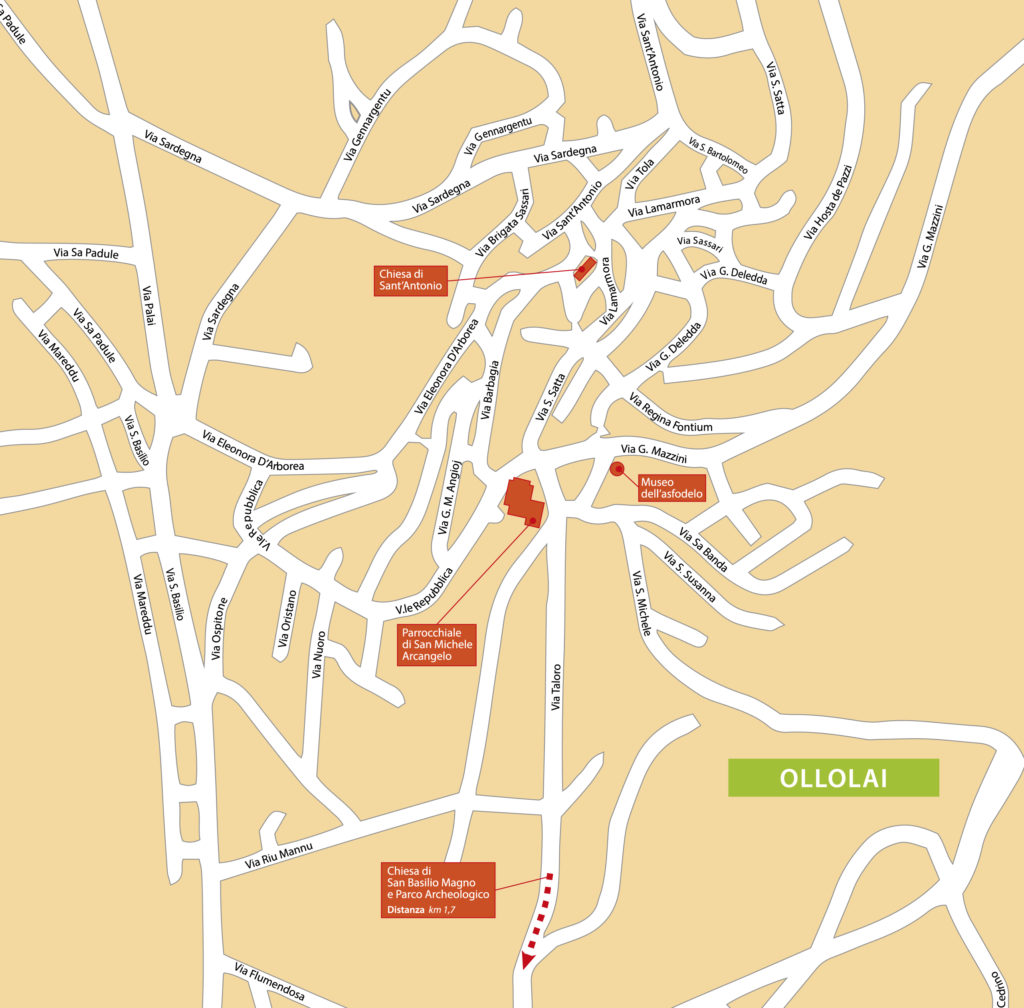Asphodel Museum
Located in the historic headquarters of the Pro Loco association, in the same square (Piazza Marconi) overlooked by the parish church of San Michele Arcangelo, the Asphodel Museum (Mostra Storica de S’iscrarionzu) is a must-see for those who want to learn more about how this wild plant is processed and hand-woven according to ancient tradition. As a matter of fact, the women of Ollolai would use the asphodel, of which there was an abundance around the village, to make household utensils that were renowned and traded throughout Barbagia. This tradition, which was quite widespread across Sardinia and took new forms depending on the geographical area and specific needs of the different communities involved, still lives on today in many houses of the island. Its centuries-old story is told through explanatory banners and original artefacts on display inside a large hall that has recently been restored.
It was mainly women who practised the art of hand-weaving. From the harvesting of the asphodel (which took place between March and April, just before flowering, when the stems are more pliable) to the processing stages (soaking, drying and splitting), up to the skilful weaving, everything was done by hand. No matter how simple or elaborate, the products they made combined aesthetics with functionality and ranged from everyday objects to treasured artefacts. Baskets, crates and the so-called corbule (i.e. decorative baskets) came in different sizes and shapes to fit any purpose. While today they are kept primarily for their decorative value, until a few decades ago they were used to contain and carry fruit, vegetables and above all wheat and flour; they served as containers for processing the harvest, preparing pasta and carasau bread, and storing and preserving food. They were even used as units of measurement, to offer sweets and gifts to guests, to contain the trousseaux of brides and children, and to bring food to the relatives of a deceased person.
The exhibition, which can be visited every year during the ‘Autumn in Barbagia’ event, aims to showcase the craftsmanship of local artisans, who were able to transform the humblest of materials into beautiful and timeless works of art. Text by Cecilia Mariani
 BIM TALORO
BIM TALORO 